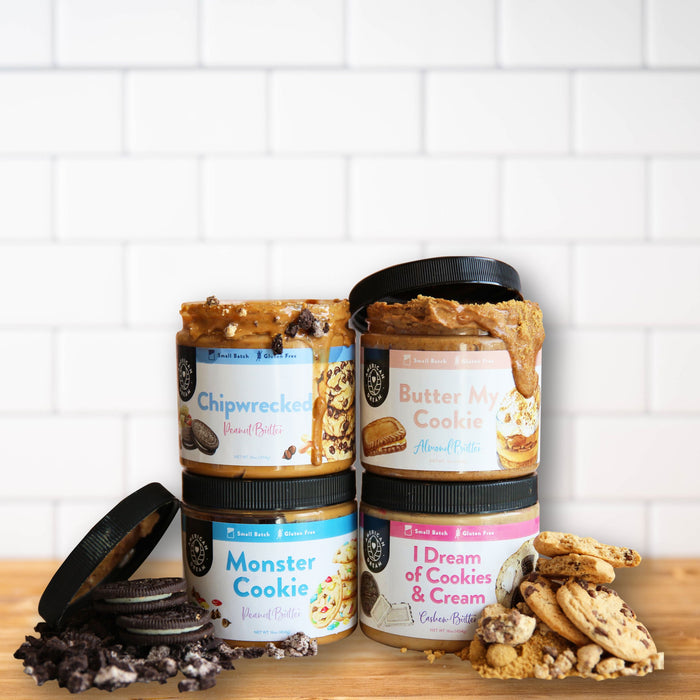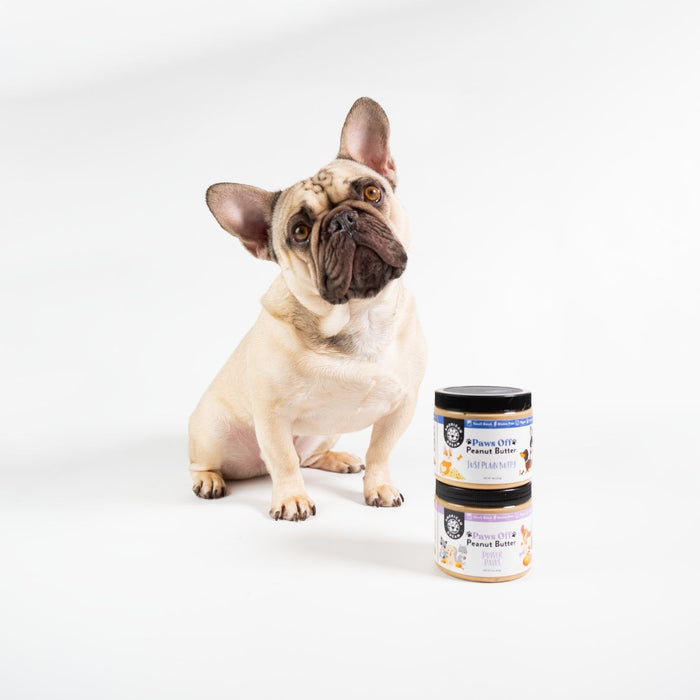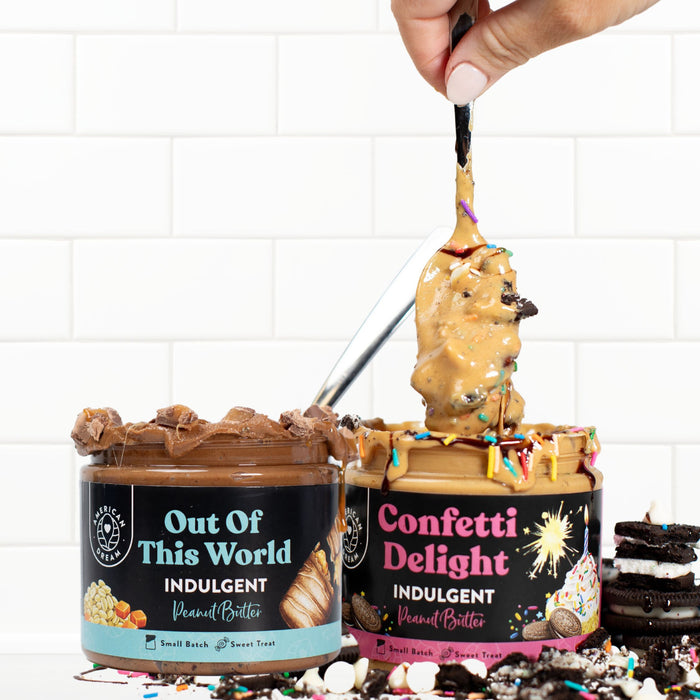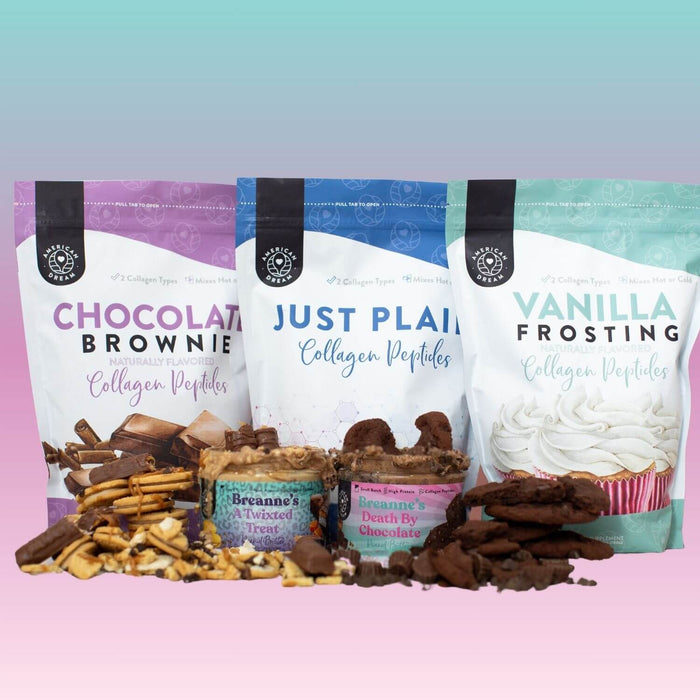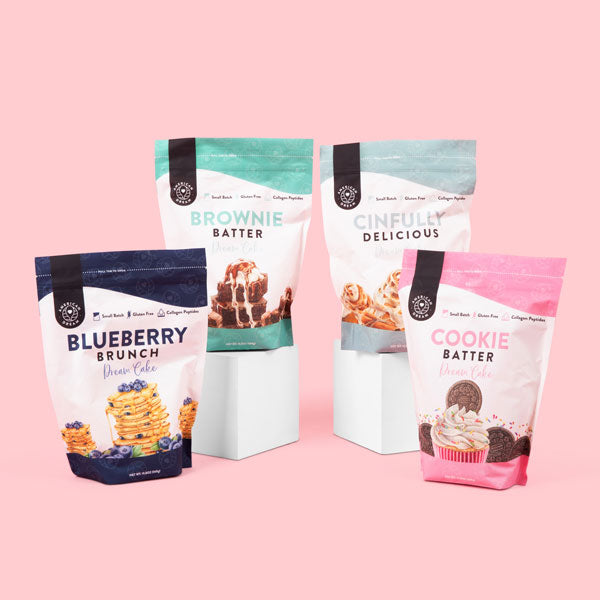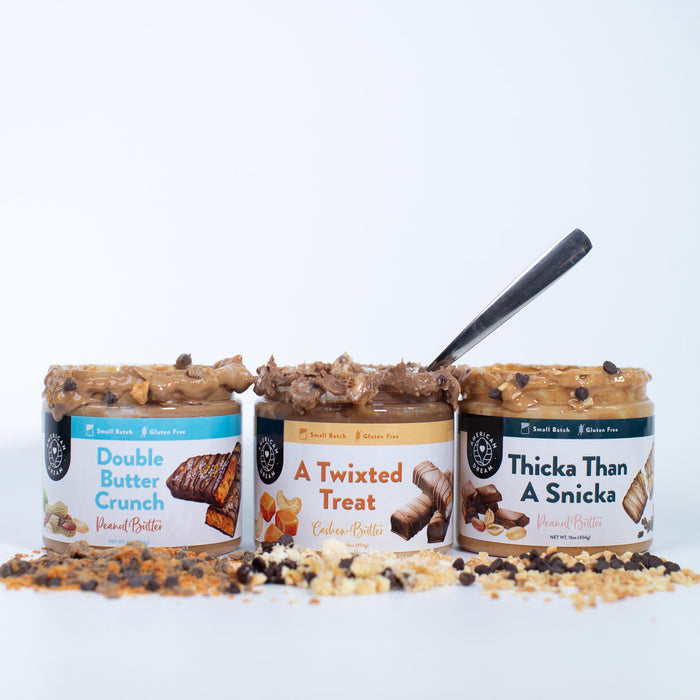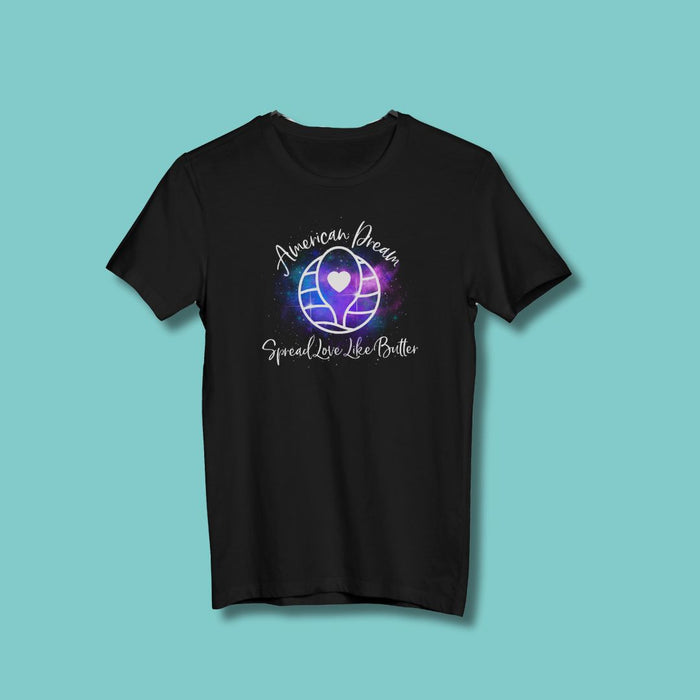

The Ultimate Gluten-Free Guide: How to Start a Gluten-Free Diet
If you're interested in health and fitness, or know someone who has celiac disease, you've no doubt heard about a gluten-free diet. And even for those who don't suffer from a gluten allergy or intolerance, this particular lifestyle has actually exploded in popularity over recent years because of the digestive ealth benefits you may experience.
And though celiac disease is one of the most common genetic disorders, it still only affects 1% of the population. If this is the case, whyhas eating gluten-free become so common? Are there other benefits to eating a gluten-free diet if you don't have celiac disease? If so, what types of foods should you eat and which should be avoided?
In this gluten-free guide, we answer all of these questions and more! To learn everything you need to know about gluten-free diets, just keep reading.
What is Gluten?
Before we dive into the finer points of a gluten-free diet, let's talk about what gluten actually is. Because even though we hear the word "gluten" all the time, it's a foreign concept for many of us which can make it seem more frightening than it is.
Gluten is the name for proteins found in wheat, rye, and barley. When mixed with water, gluten gives flour the sticky consistency we expect from dough which explains why it's derived from the Latin word for "glue."
If you've ever handled bread dough before, you know that it has visible strands within its texture when stretched. These are gluten strands created by the glue-like function of the proteins. Gluten strands in dough are what allow bread to rise, and what gives bread that chewy texture we all know and love.
What is Celiac Disease?
As we previously mentioned, a small percentage of the population suffers from a condition known as celiac disease. But what is it? Well, it's a hereditary disorder that causes the body to attack itself when gluten is ingested.
More specifically, the body launches an attack on the villi of the small intestine. These villi are responsible for nutrient absorption from food, so when they're damaged, the body can no longer take in nutrients properly.
For those with celiac disease, even ingesting the smallest amount of gluten, such as crumbs from a cutting board, can cause intestinal damage.
Now, celiac disease is the most severe form of gluten intolerance, but you can also have a gluten sensitivity, meaning that eating gluten can still cause negative health effects even if you don't have celiac disease. This is a much more common condition. In fact, it's estimated that around 18 million people in the United States alone have some level of gluten sensitivity.
With gluten sensitivity, your body's reaction to gluten is less severe. However, some of the symptoms are similar to celiac disease. If you have a gluten sensitivity, the most common symptoms are tiredness/fatigue and stomach upset with gluten ingestion. Some people experience symptoms as severe as leg numbness or skin rashes.
The Benefits of Eating Gluten-Free
Whether you have full-blown celiac disease or a non-celiac gluten sensitivity, you can benefit from adopting to a gluten-free diet. If you have any level of gluten sensitivity, you'll be amazed by how fantastic you feel by cutting this ingredient out of your diet.
Here are a few of the benefits of eating gluten-free for those with a gluten sensitivity:
Promotes Weight Loss
For many people, picking up a gluten-free lifestyle naturally leads to weight loss. This is because gluten is an ingredient in a wide variety of foods but is especially common in high-calorie junk foods.
When you eliminate cakes and pastries from your diet, you're more likely to pick up an apple, banana, or nut butter instead when you're craving something sweet. But don't worry, when you want to treat yourself, there are plenty of gluten-free cake and cookie options out there. Our almond butter chocolate cupcakes, for example, are completely gluten-free but still absolutely delicious!
That said, though there's nothing wrong with having a treat every now and then, you'll feel your best with a diet built on whole, unprocessed foods. Fill your plate with fruits, vegetables, and lean proteins at every meal, and you'll not only lose weight but feel incredible.
Relieves Digestive Symptoms
The primary benefit of a gluten-free diet for those with a gluten sensitivity is that it relieves recurring digestive symptoms such as bloating, diarrhea, and constipation. It can even reduce less severe digestive symptoms like gas.
In a study published by The American Journal of Clinical Nutrition, it was found that a gluten-free diet not only leads to a substantial improvement in all digestive complaints but does so within weeks.
Improves Energy Levels
If you have celiac disease or gluten sensitivity, you may often experience fatigue and that uncomfortable sensation of "brain fog" that prevents you from feeling and performing your best.
Those with celiac disease will experience these symptoms because they're malnourished due to damage to their small intestine. If you find yourself feeling sluggish in your day-to-day life and can't find the root of your problem, consider cutting gluten out of your diet.
Eating gluten-free can boost your energy levels and make you feel sharper and ready to tackle anything the day throws your way.
The Negative Side of a Gluten-Free Diet
As you can see, the benefits of a gluten-free diet are many. If you have celiac disease or a gluten sensitivity, removing gluten from your diet can change how you feel completely and for the better.
However, as with any diet, there are some downsides that come along with living gluten-free.
When you remove gluten from your diet, you need to be careful to choose fruits and vegetables over processed foods labeled as "gluten-free" more often than not. Neglecting your nutritional needs can lead to deficiencies that are dangerous to your health. You'll also need to ensure that you're getting plenty of B vitamins as many gluten-free versions of foods are not fortified with this essential nutrient.
In addition, many people on a gluten-free diet experience a level of constipation due to a lack of fiber. But once again, taking care to include fruits and vegetables in your diet, as well as staying hydrated, can resolve this issue.
Last, a gluten-free diet can be more expensive than the traditional route. This is because gluten-free options often come with a higher price as they're considered "specialty foods".
How do you cut down on costs with a gluten-free diet? You guessed it! By including plenty of single-ingredient foods in your meals such as fruits and vegetables.
Foods You Should Avoid
As we mentioned above, gluten is found in many of the most common ingredients added to foods. Though you can find gluten-free options, the following foods are likely to have ingredients containing gluten:
- Baked goods
- Bread
- Pasta
- Cereal
- Crackers
- Candy
- Chips and popcorn
- Sauces
- Beer and other alcoholic beverages
The best way to ensure that you're avoiding gluten is to make the bulk of your diet single-ingredient foods. Salmon, blueberries, and carrots for example, have no ingredients list. With packaged food, be sure that it's either labeled as gluten-free or that you read the label carefully before purchase.
Foods You Can Eat
Yes, there are pretty delicious meals and snacks on the list of foods that should be avoided with a gluten sensitivity. However, that doesn't stop have to stop you from enjoying your diet to the fullest. You just have to approach it in the correct way.
For example, let's say you're having breakfast. Traditional pancakes might not be an option, but you can have an even more satisfying, energy-boosting meal by opting for some peanut butter granola and a banana instead.
There are gluten-free options available for just about any food you could want. That said, here are some foods that are naturally gluten-free:
- Fruits and vegetables
- Meat and fish (without coating)
- Plain dairy products
- Nuts and seeds
- Most grains
- Oils and spreads (including butter)
- Herbs and spices
Not sure if a food you're considering contains gluten or not? Read the label, it will give you all the information you need to know.
Take a peek at our nutriton labels as well! If you didn't know, all our handcrafted nut butters are 100% gluten-free; from the butter bases themselves to the ingredietns we source for our toppings and mix-ins! Our founder Lea has a gluten sensitivity herself, which is exactly why she started American Dream Nut Butter, allowing her to recreate some of the yummy flavors from her favorite treats in a gluten-free nut butter form!
Kickstart Your New Diet With This Gluten-Free Guide
A gluten-free diet isn't for everyone, but if you're gluten intolerant or think you may be, there's no need to make yourself feel uncomfortable with every meal. Avoiding gluten isn't as difficult as it might seem as long as you read labels carefully and exercise caution at restaurants.
Using this gluten-free guide, you'll know which foods to eat and which to avoid, making your first steps into a gluten-free lifestyle much less confusing.
In need of some gluten-free goodies to get you started? Take a look at our delicious (but still nutritious) nut butters! Each one of our unique flavors is gluten-free, low sugar, and low carb, so you can enjoy your treat guilt-free.
1 comment
-
I recently discovered I have celiac disease and I have been suffering from many negative side effects. It’s hard finding good information and this information I just read on the website was very helpful and easy to understand. Can’t wait to support this awesome company!
Kelly on
